Clipart tagged: ‘mausoleum’

Tomb of Cyrus the Great
"The mausoleum is built of immense marble blocks, joined together without cement. Its total height,…

Escorial
"One of the most remarkable buildings in Europe, comprising at once a convent, a church, a palace, and…

Escorial
"One of the most remarkable buildings in Europe, comprising at once a convent, a church, a palace, and…
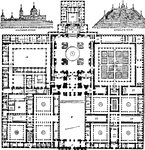
Escorial
"One of the most remarkable buildings in Europe, comprising at once a convent, a church, a palace, and…
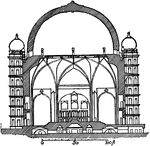
Gol Gumbaz (Section)
The most imposing and original of all Indian domes are those of the Jumma Musjid and of the Tomb of…
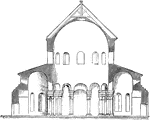
Santa Costanza
"Section of the Church of S. Constantia at Rome. The simplest desctiptions of this kind of building…
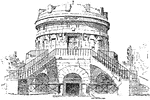
Tomb of Theodoric at Ravenna
An ancient monument built in 520 CE by Theodoric the Great as his future tomb.
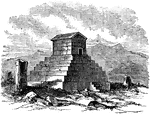
Tomb of Cryus
The Tomb of Cyrus is the burial place of the ancient Cyrus the Great of Persia. Cyrus the Great was…
